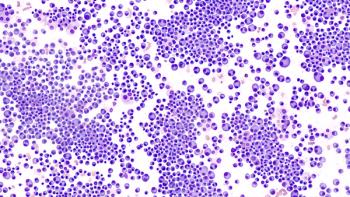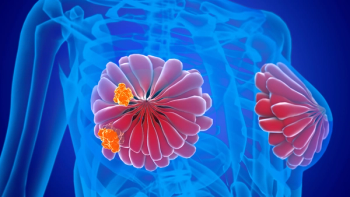
How's Your State Doing in Palliative Care?
The 2011 State-by-State Palliative Care Report Card is now available for viewing.
There’s no question that palliative care is beneficial and needs to be available to people in the last days of their lives. To determine if palliative care is in fact available, the Center to Advance Palliative Care (CAPC) and National Palliative Care Research Center (NPCRC) conducted a study of access to palliative care and issued a state-by-state report card in October 2011. The 2011 report card is an update to the previous report card that was released in 2008.
In 2008, CAPC and NPCRC gave the U.S. an overall grade of “C” in palliative care. In 2011, the overall grade rose to a “B,” which shows improvement but also indicates that the U.S. still has far to go in making palliative care available to all. The top performing states, which received an “A” grade, are the District of Columbia and Vermont (with palliative care programs available in all hospitals, 100%); Nebraska (93%), Maryland (90%); Minnesota (89%); Oregon (88%), Rhode Island (88%); and Washington (83%). States with little to no access to palliative care, and receiving the “flunking” grade of “F” are Delaware and Mississippi. Only 20% of hospitals in these two states have palliative care programs.
The CAPC and NPCRC researchers found that 85% of large hospitals (300+ beds) had a designated palliative care team. Palliative care teams were less often found in public hospitals (54% had palliative care teams), sole community hospitals (37%), and for-profit hospitals (26%).
To further improve palliative care access in the U.S., the researchers recommend investments in a trained palliative care workforce and evidence-based research on palliative care. Expansion of palliative care programs to nursing home and community settings, and improved reimbursement for palliative care also are needed.
Newsletter
Knowledge is power. Don’t miss the most recent breakthroughs in cancer care.

















































































